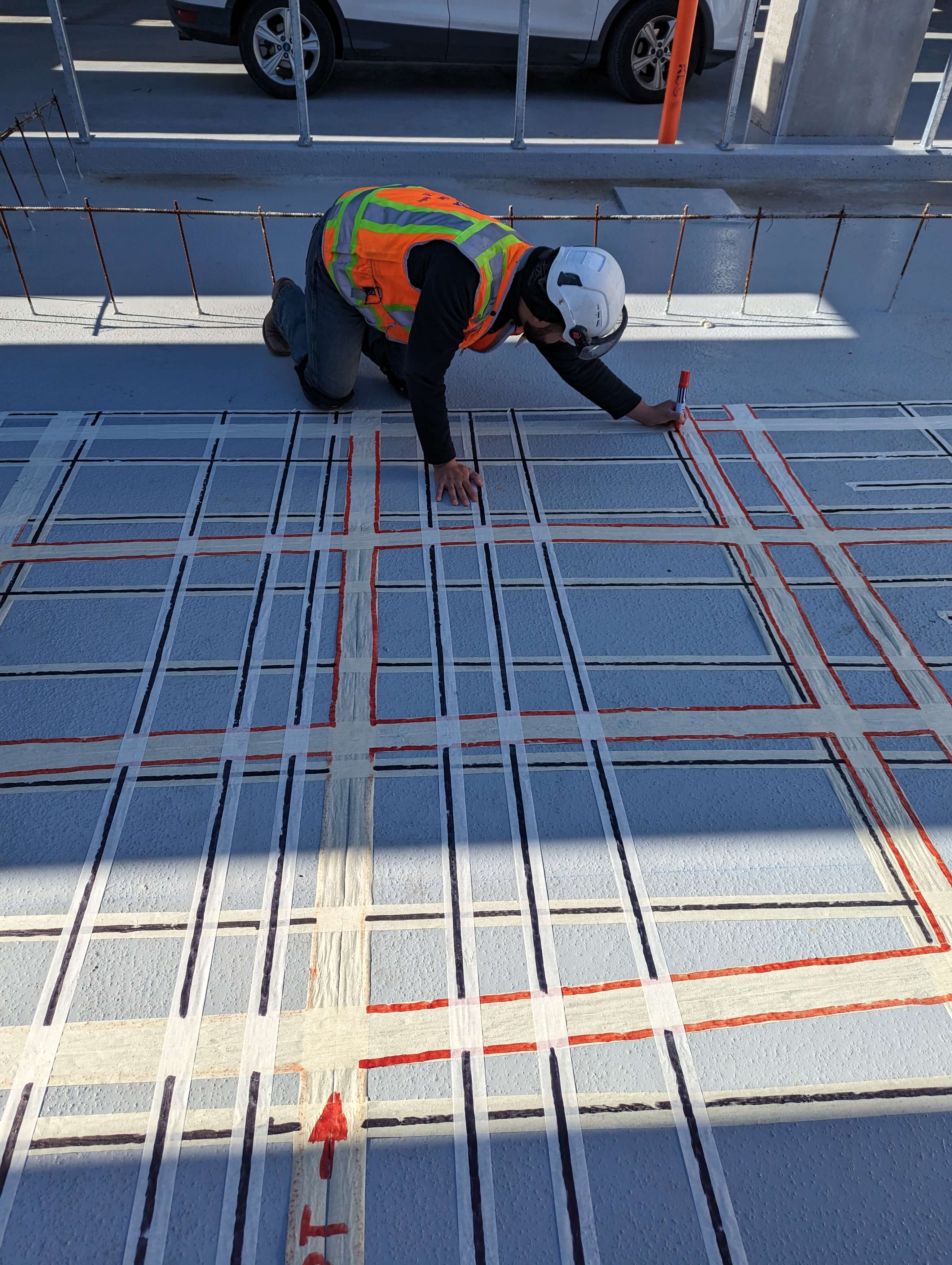Professional Tips for Optimum Concrete Scanning Outcomes
Professional Tips for Optimum Concrete Scanning Outcomes
Blog Article
Unveil the Transformative Power of Concrete Scanning in Optimizing Efficiency and Security
Concrete scanning has become an important tool in the construction industry, providing unparalleled advantages in boosting task efficiency and making certain security criteria. By utilizing innovative innovation, concrete scanning permits professionals to see beyond the surface, uncovering hidden complexities that could affect the structural honesty of a building. The transformative power of concrete scanning lies in its capacity to give real-time information and thorough understandings, changing how tasks are prepared and performed. As we delve right into the intricacies of this cutting-edge strategy, a world of opportunities opens, showcasing a new period of construction practices that prioritize precision and security.
Value of Concrete Scanning
Making sure the architectural stability and security of building jobs begins with the vital action of conducting comprehensive concrete scanning. Concrete scanning is a non-destructive approach used to identify and map subsurface aspects within concrete frameworks. This procedure is important in recognizing prospective threats, such as rebar, post-tension cables, and avenues, that might be hidden within the concrete. By using advanced innovations like ground-penetrating radar (GPR) and electromagnetic induction, building and construction teams can precisely situate these aspects without causing any type of damages to the framework.
Furthermore, concrete scanning assists in enhancing project timelines and spending plan by preventing unanticipated costs and hold-ups that may develop due to unforeseen blockages within the concrete. Eventually, investing in extensive concrete scanning is a positive method that improves both effectiveness and safety in construction projects.
Exactly How Concrete Scanning Functions
Concrete scanning runs as a critical tool in construction tasks by using sophisticated innovations to find and map subsurface aspects without triggering structural damages. Ground Permeating Radar (GPR) and Electromagnetic Induction (EMI) are 2 main techniques used in concrete scanning. GPR works by producing high-frequency radar pulses into the surface area, which get better when they run into subsurface things or spaces. The moment considered the signal to return indicates the deepness and location of the things. EMI, on the various other hand, makes use of magnetic fields to recognize variations in material make-ups, such as determining rebar or conduits within concrete structures.
Throughout the scanning process, the data gathered is assessed in real-time, allowing immediate recognition of possible threats or barriers under the surface. By using these innovative modern technologies, concrete scanning substantially lowers the risk of costly problems and injuries on building and construction sites.
Benefits of Concrete Scanning
One of the main benefits of concrete scanning is the capacity to identify and situate embedded items such as rebar, post-tension cables, and conduits accurately. Concrete scanning assists in preparation and creating more properly, as it supplies accurate info regarding the location and deepness of structural components.

Study: Concrete Scanning Success

In one more instance, a building firm made use of 3D concrete scanning to assess the condition of aging concrete frameworks in a historical structure. The detailed scans offered useful understandings right into the level of deterioration and assisted prioritize upkeep initiatives properly. By proactively resolving locations of concern identified via scanning, the company was able to expand the lifespan of the framework and ensure resident security.
These situation studies highlight the transformative power of concrete scanning in improving efficiency, read what he said accuracy, and safety and security in building projects.
Carrying Out Concrete Scanning in Projects
Executing advanced scanning technologies during construction projects has actually come to be progressively vital for improving precision and safety. By incorporating concrete scanning right into job preparation and execution, construction groups can recognize prospective risks, such as rebar or post-tension cables, concealed within concrete frameworks. This proactive approach decreases the danger of Extra resources accidents, delays, and costly rework, eventually resulting in much more effective project timelines and budgets.
To apply concrete scanning properly, project supervisors need to work together closely with seasoned scanning experts to determine one of the most appropriate scanning techniques for the certain project needs. Engaging scanning specialists from the very early stages of a job enables the group to create thorough scanning plans that resolve essential locations of issue and make certain comprehensive information collection.
In addition, integrating concrete scanning right into regular task workflows can enhance decision-making processes, as real-time scan information gives prompt insights into the problem of concrete structures - Concrete Scanning. This data-driven technique facilitates notified analytic and enables teams to make changes promptly, promoting a culture of efficiency and safety and security throughout the task lifecycle

Conclusion
In conclusion, concrete scanning plays a crucial duty in improving efficiency and safety and security in building projects. By making use of advanced innovation to detect and map out underlying frameworks within concrete, this process aids to stop expensive blunders, guarantee architectural integrity, and decrease threats on site. With the capability to reveal covert aspects and give accurate data, concrete scanning verifies to be a valuable tool for maximizing project results and making best use of general success.
Concrete scanning is a non-destructive method made use of to spot and map subsurface aspects within concrete frameworks. Additionally, concrete scanning aids in optimizing job timelines and spending plan by staying clear of unexpected costs and delays that might arise due to unanticipated blockages within the concrete. One noteworthy instance research study involves a massive restoration task where concrete scanning played an important role in guaranteeing job success.In an additional instance, a building and construction firm made use of 3D concrete scanning to analyze the problem of maturing concrete frameworks in a historical building. By incorporating concrete scanning right into job preparation and execution, building groups can identify prospective dangers, such as rebar or post-tension wires, concealed within concrete structures.
Report this page